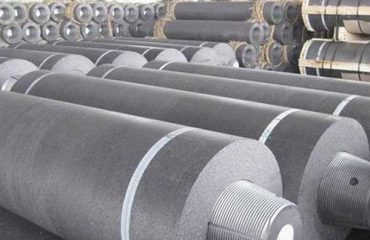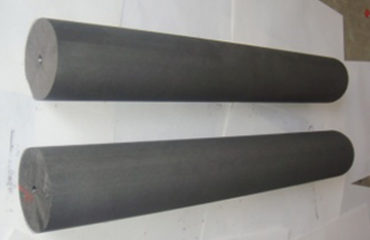Most of the batteries consist of two solid electrochemical active layers, called electrodes, separated by polymer films injected into liquid or gel electrolytes. However, recent studies have explored the possibility of all-solid-state batteries in which liquid (and possibly flammable) electrolytes will be replaced by solid electrolytes, which can improve the energy density and safety of batteries.
Now, for the first time, a MIT team has explored the mechanical properties of sulfide-based solid electrolyte materials to determine their mechanical properties when added to batteries.
Lithium-ion batteries provide lightweight energy storage solutions and have achieved many of today’s high-tech devices, from smartphones to electric vehicles. However, in this kind of battery, solid electrolyte instead of traditional liquid electrolyte can have remarkable advantages. This all-solid-state lithium-ion battery can provide higher energy storage capacity at the battery pack level. They can actually eliminate the risk of tiny finger-shaped metal bumps called dendrites, which can grow through the electrolyte layer and lead to short circuits.
“Batteries with all components are attractive options for performance and safety, but there are still some challenges,” the researchers said. In today’s market-dominant lithium-ion batteries, lithium ions are charged from one electrode to another through a liquid electrolyte, and then flow in the opposite direction when used. These batteries are very effective, but “liquid electrolytes are often chemically unstable and may even be flammable,” she said. “Therefore, if the electrolyte is solid, it may be safer, smaller and lighter.”
However, a big question about the use of all-solid-state batteries is what kind of mechanical stress may occur in the electrolyte material when the electrodes are repeatedly charged and discharged. When lithium ion enters and exits the crystal structure, this cycle causes the electrode to expand and contract. In rigid electrolytes, these size changes can lead to high stress. If the electrolyte is brittle, constant size changes can lead to cracks that rapidly degrade battery performance, and may even provide a channel to destroy the formation of dendritic crystals, as in liquid electrolyte batteries. But if the material can resist fracture, these stresses can be adapted without rapid cracking.
However, so far, the extreme sensitivity of sulfides to air in common laboratories has challenged the measurement of mechanical properties, including fracture toughness. To solve this problem, members of the team conducted mechanical tests in mineral oil baths to protect samples from any chemical interaction with air or moisture. Using this technique, they can obtain detailed measurements of the mechanical properties of conductive sulfides, which are considered promising candidates for electrolytes in all-solid-state batteries.
There are many different solid electrolyte candidates. Other research groups have studied the mechanical properties of lithium ion conductive oxides, but so far, the study of sulfides has been rare, although they are particularly promising because they can easily and rapidly conduct lithium ions.
Previous researchers used acoustic measurement techniques to transmit sound waves through materials to detect their mechanical properties, but this method could not quantify fracture resistance. But the new study uses a fine probe to detect materials and monitor their reactions, showing more comprehensively important properties, including hardness, fracture toughness and Young’s modulus (a measure of material’s tensile strength) that are reversible under applied pressure.
The team has measured the elastic properties of sulfide-based solid electrolytes, but not the fracture properties. The latter is crucial for predicting whether materials will break or break in battery applications.
Researchers have found that the material has some similar properties to putty or saltwater toffee: when stressed, it can easily deform, but at sufficiently high stress, it will break like fragile glass.
By understanding these properties in detail, we can calculate how much pressure the material can withstand before fracture, and design a battery system that takes these information into account.
This material is more brittle than the material used in batteries, but it may still be used for such purposes as long as its performance is known and the system design is appropriate. “You have to design around this knowledge.
The cycle life of state-of-the-art lithium-ion batteries is mainly limited by the chemical/electrochemical stability of liquid electrolytes and their interaction with electrodes. However, in solid-state batteries, mechanical degradation may affect stability or durability. Therefore, it is very important to understand the mechanical properties of solid electrolyte.
Compared with the graphite anode in the prior art, the capacity of lithium metal anode is significantly increased. Compared with [traditional] lithium ion technology, this can be converted into an energy density increase of about 100%.


